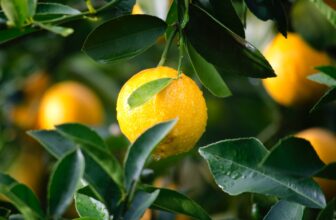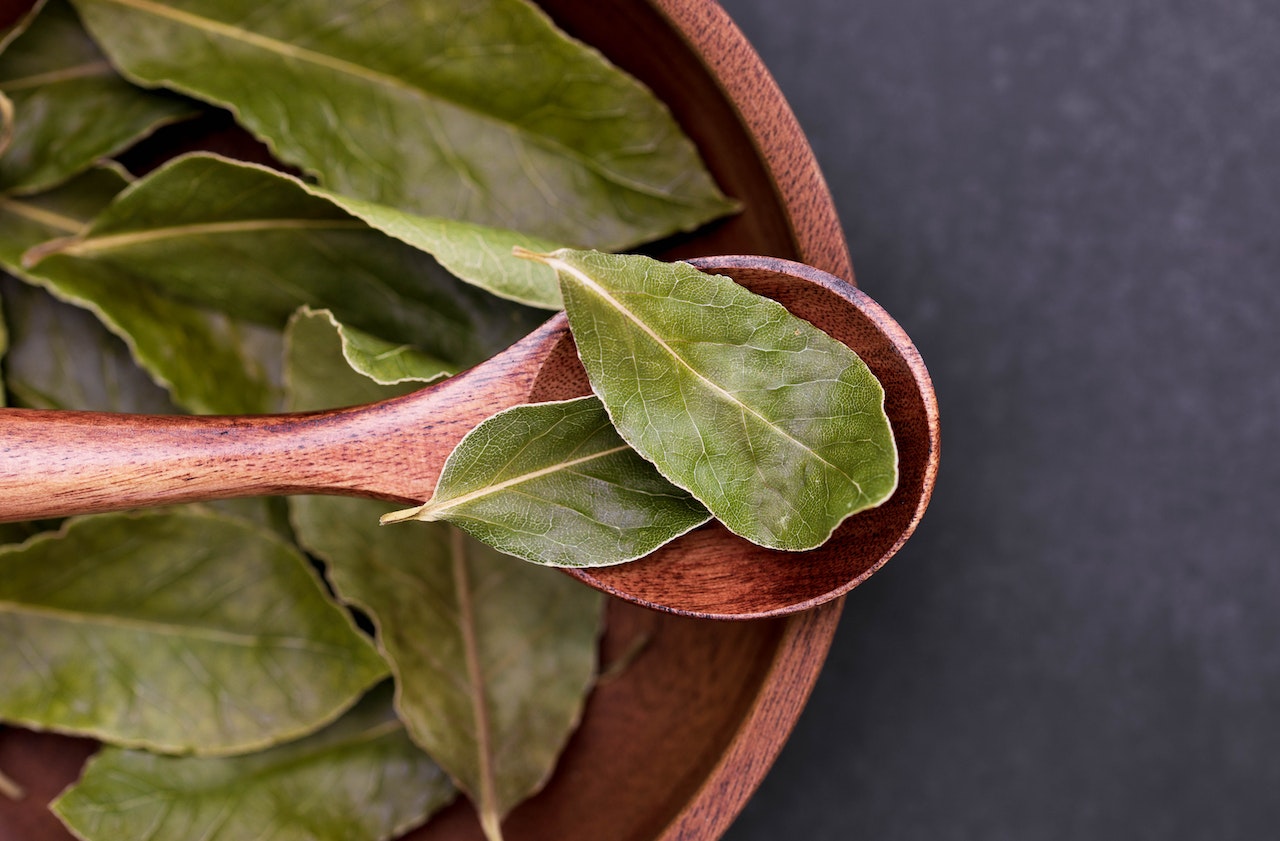
Table of Contents
Growing bay is a great way to bring fresh and flavorful leaves to your kitchen, as well as add an attractive and fragrant touch to your garden. Bay is a hardy and versatile herb that can thrive in a variety of conditions, making it a great choice for both experienced and novice gardeners.
In this article, we’ll explore the benefits of growing bay, provide tips for successful cultivation, and share some creative ways to use it. So, if you’re ready to add a touch of bay to your life, let’s get started!
What is Bay?
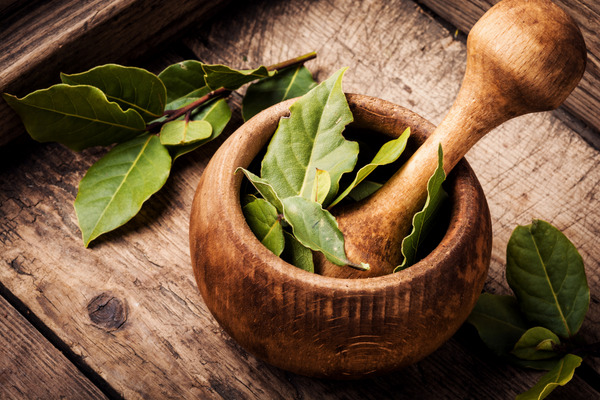
Bay, also known as sweet bay or bay laurel, is an evergreen shrub or small tree native to the Mediterranean region. It‘s part of the Lauraceae family and its scientific name is Laurus nobilis. The leaves of the bay plant are widely used as a seasoning in cooking, particularly in soups, stews, and sauces. The leaves have a strong, aromatic flavor and a slightly bitter taste.
Bay leaves are elongated and have a glossy green color, with a slightly curved shape. The shrub can grow up to 30 feet tall in its native habitat, but is often kept trimmed as a small shrub in cultivation.
Bay leaves have a rich history, and have been used for both culinary and medicinal purposes for thousands of years. In ancient Greece, the bay leaf was associated with Apollo and was used to crown victors in sporting events, hence the term “Bay laurel“. In ancient Rome, the bay leaf was a symbol of wisdom, peace, and victory, and was used to make wreaths that were awarded to distinguished citizens.
Types of Bay
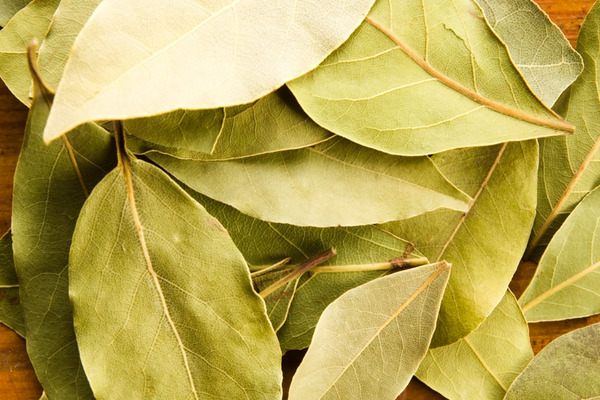
There are several varieties of bay, including:
- Laurus nobilis (bay laurel or sweet bay) – a Mediterranean evergreen tree commonly used as a culinary herb
- Umbellularia californica (California bay or Oregon myrtle) – a species of tree native to the western United States and northwest Mexico
- Pimenta racemosa (bay rum tree) – a species of tree native to the Caribbean
- Myrica pensylvanica (Northern bayberry) – a species of shrub native to North America
- Gordonia lasianthus (Loblolly bay) – a species of tree native to the southeastern United States
Where to Grow Bay
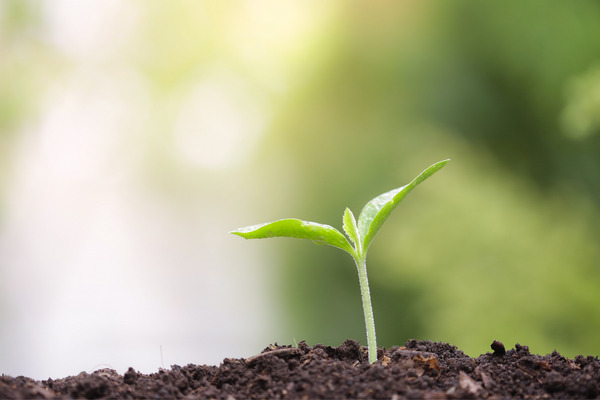
Bay plants can be grown in a variety of soil types, but they generally prefer well-drained soils with a slightly acidic to neutral pH. They’re typically hardy in USDA hardiness zones 7-10, depending on the species.
In terms of temperature, bay plants can tolerate a range of conditions, from moderate to warm temperatures, but may not be able to survive in harsh winter temperatures, especially if they’re not well-established.
With regards to humidity, some species of bay, such as Umbellularia californica (California bay), prefer high humidity, while others, such as Laurus nobilis (bay laurel), are more tolerant of low humidity.
It’s important to research the specific growing conditions for the species of bay you’re interested in planting to determine the best location for it in your garden. Some general considerations include providing adequate sunlight, proper watering, and proper soil preparation.
Here are the growing conditions for each type of bay:
- Laurus nobilis (bay laurel or sweet bay) – grows best in well-drained soil, in hardiness zones 8-10, in areas with moderate to warm temperatures and relatively low humidity.
- Umbellularia californica (California bay or Oregon myrtle) – grows best in moist, well-drained soil, in hardiness zones 7-10, in areas with moderate to cool temperatures and high humidity.
- Pimenta racemosa (bay rum tree) – grows best in well-drained soil, in hardiness zones 10-11, in areas with warm to hot temperatures and high humidity. It prefers full sun.
- Myrica pensylvanica (Northern bayberry) – grows best in well-drained, acidic soil, in hardiness zones 4-9, in areas with moderate temperatures and relatively low humidity.
- Gordonia lasianthus (Loblolly bay) – grows best in well-drained soil, in hardiness zones 7-9, in areas with moderate to warm temperatures and relatively high humidity.
Aside from the bay rum tree variety, all the other varieties of bay prefer full sun to partial shade.
Propagating Bay
Bay can be propagated in several ways, including:
Seed Propagation
Bay seeds can be collected from ripe fruit and sown in containers with well-draining soil. They should be kept in a warm and moist location until they germinate, which can take several weeks to several months.
Cuttings
Stem cuttings can be taken from a mature bay plant in the spring or summer and rooted in a well-draining rooting medium. The cuttings should be kept in a warm and moist location until they develop roots, which can take several weeks to several months.
Division
Some species of bay can be propagated by dividing the root ball of an established plant. This method is most effective for woody shrubs or herbaceous perennials.
Grafting
Some species of bay, such as bay laurel, can be propagated by grafting onto a rootstock. This method is used to produce plants with a desired growth habit or to improve resistance to pests or disease.
Watering

The water requirements for bay plants vary depending on the species and the location where they are being grown. In general, bay plants prefer well-drained soil and need to be watered regularly, especially during periods of drought. However, it’s important not to overwater, as this can lead to root rot.
Fertilizing
The fertilizing requirements for bay plants vary depending on the species, growing conditions, and stage of growth. In general, bay plants prefer fertile soil with a balanced nutrient content, but they may not need to be fertilized regularly, especially if they’re growing in fertile soil. Here are some general guidelines for fertilizing bay plants:
- Soil Preparation: Before planting, prepare the soil by adding organic matter, such as compost, to improve the soil structure and fertility.
- Fertilizing Young Plants: Young bay plants may benefit from regular fertilization, especially if they’re growing in poor soil. Use a balanced, slow-release fertilizer, following the manufacturer’s instructions for application rates.
- Fertilizing Established Plants: Established bay plants may not need to be fertilized regularly, but they can benefit from a slow-release fertilizer applied once or twice a year, depending on the species and growing conditions.
- Foliar Feeding: Some bay plants may benefit from foliar feeding, which involves spraying a liquid fertilizer directly on the leaves. This method is most effective for plants that are experiencing nutrient deficiencies, but it should be used sparingly, as too much fertilizer can damage the leaves.
- Monitoring Soil Conditions: Regularly monitor the soil conditions, including the pH and nutrient levels, to ensure that the bay plant is receiving the proper nutrients.
It’s important to follow the manufacturer’s instructions and to avoid over-fertilizing, as this can lead to fertilizer burn and other problems. Additionally, be mindful of the local climate and soil conditions, as some species of bay may have specific fertilizing requirements that differ from the general guidelines provided here.
Common Pests and Diseases
Bay plants can be susceptible to a variety of pests and diseases, which can cause damage to the plant and reduce its overall health and vigor. Here are some common pests and diseases that affect bay plants and some solutions for these problems:
Pests
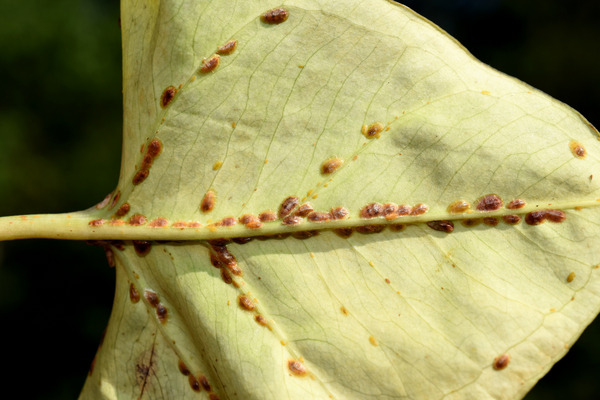
· Scale Insects
Scale insects are small pests that can infest bay plants, causing yellowing leaves and stunted growth. Scale insects feed on the sap of the plant and secrete a waxy substance that protects them from insecticides and other controls. To control scale insects on bay plants, it’s important to correctly identify the scale and assess the severity of the infestation.
Physical control methods, such as removing the pests by hand or using a soft brush to remove the scale, can be effective for small infestations. Horticultural oils and insecticidal soaps can also be used to control scale insects.
· Caterpillars
Caterpillars can severely damage bay plants by feeding on leaves, stems, and flowers. This feeding can result in holes in the foliage, distorted growth, and reduced overall health of the plant. To control caterpillar populations on bay plants, you can try using physical barriers such as mesh netting to keep the caterpillars away from the foliage.
Another solution is to use biological control methods, such as releasing predatory insects, such as ladybugs or lacewings, into the area. Chemical control methods, such as insecticides, can also be effective in controlling caterpillar populations, but should be used with caution and according to label instructions, as they may also harm beneficial insects and other wildlife. It’s always a good idea to consider a combination of control methods for best results.
· Aphids
Aphids can feed on the sap of bay plants, causing yellowing and wilting of the leaves. Control aphids by washing them off the plant with a strong stream of water, or by applying an insecticide.
Diseases
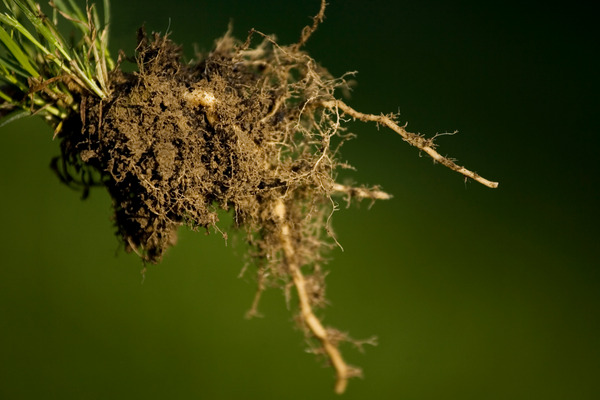
· Root Rot
Root rot is a disease that affects bay plants and is caused by water-logged soil, which can lead to the roots of the plant decaying. This disease can be especially damaging to bay plants that are grown in poorly-drained soil or overwatered. The symptoms of root rot include yellowing and wilting of the leaves, stunted growth, and eventual death of the plant.
To prevent root rot in bay plants, it’s important to ensure that the soil is well-drained and to avoid overwatering. Here are some steps that you can take to prevent root rot:
· Powdery Mildew
Powdery mildew is a fungal disease that affects bay plants, resulting in a white powdery coating on the leaves, stems, and flowers. To prevent and control powdery mildew, provide good air circulation, plant in sunny locations, water at the base of the plant, use fungicides if necessary, and maintain healthy plants.
To use fungicides, select one labeled for bay plants, follow the instructions carefully and take precautions to protect yourself and the environment. Maintaining a healthy, vigorous bay plant can reduce the likelihood of developing powdery mildew. Good cultural practices, like avoiding overcrowding and avoiding wetting the leaves when watering, can help prevent the disease from spreading.
· Botrytis Blight
This fungal disease causes brown or black spots to develop on the leaves and can lead to wilting and death of the plant. To prevent botrytis blight, avoid overcrowding bay plants and ensure good air circulation around the plant.
In general, it’s important to keep bay plants healthy by providing adequate water, proper fertilization, and good growing conditions, as healthy plants are less susceptible to pests and diseases. Additionally, be mindful of the local climate and soil conditions, as some species of bay may have specific pest and disease challenges that differ from the general guidelines provided here.
Harvesting and Storing Bay
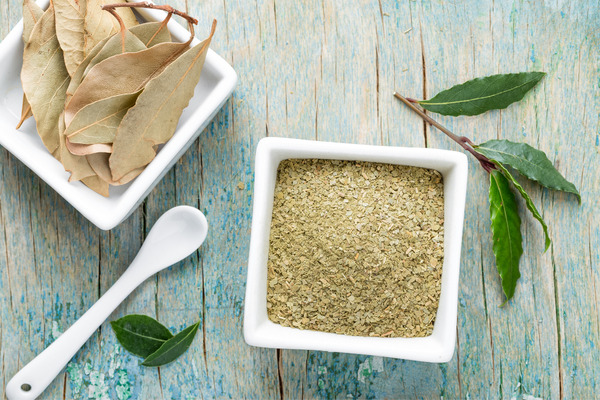
Bay plants can be harvested for their leaves at any time during the growing season, but the leaves are most flavorful just before the plant flowers. To harvest bay leaves, simply snip the stems with a pair of clean, sharp scissors or pruning shears, making sure to leave enough foliage to keep the plant healthy.
The leaves can be used fresh or dried for later use. To dry bay leaves, arrange them in a single layer on a paper towel or a wire rack, and place them in a warm, dry place away from direct sunlight. The leaves should be completely dry within one to two weeks, at which point they can be stored in an airtight container for up to a year.
How to Use Bay
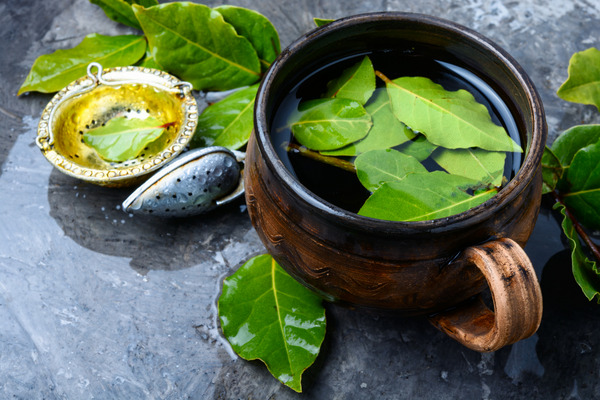
Bay leaves are a versatile ingredient used in a wide variety of culinary dishes and have many other uses as well. Some of the ways bay plants can be used include:
- Cooking: Fresh or dried bay leaves can be used to flavor soups, stews, sauces, and marinades.
- Herbal medicine: Bay leaves have been used for centuries as a natural remedy for a variety of health conditions, including digestive problems, respiratory infections, and headaches.
- Aromatherapy: The essential oil extracted from bay leaves is used in aromatherapy for its calming and relaxing properties.
- Insect repellent: Bay leaves have been used as a natural insect repellent, especially for stored food products.
- Decorative purposes: Fresh or dried bay leaves can be used as an attractive decorative element in floral arrangements and wreaths.
- Woodcraft: The wood of the bay tree is dense, hard, and durable, making it ideal for use in furniture making and other woodcraft projects.
- Cosmetics: Bay oil is used in the production of cosmetics and personal care products due to its moisturizing and nourishing properties.
Frequently Asked Questions about Bay
Bay trees grow best in warm, moist environments with well-draining soil in USDA hardiness zones 8-10. Full sun to partial shade and moderate humidity is preferred.
Bay leaves are not poisonous when consumed in small amounts as a cooking ingredient, but consuming large amounts can cause digestive upset. The leaves can also cause skin irritation in some individuals. It’s best to handle them with gloves and keep them out of reach of pets and children.
Bay leaves are not typically eaten straight from the tree as they are tough and have a bitter flavor. They are usually dried or cooked to release their aromatic flavor and soften their texture, making them suitable for use in cooking.
Yes, you can freeze fresh bay leaves. Wash and dry the leaves thoroughly, then wrap them in plastic wrap or place them in an airtight container before freezing. Frozen bay leaves can be stored for up to six months and can be used directly from the freezer in cooking.
Bay leaf plants can survive in outdoor winter conditions in warm climates with moderate to low levels of frost. In areas with harsh winters, it is best to bring the plant indoors or protect it with a layer of mulch to ensure its survival. Bay plants are hardy and can withstand cold temperatures, but extreme cold can damage or kill the plant.
Wrapping Up
Growing bay plants is a rewarding and low-maintenance activity that can provide a bountiful harvest of fragrant leaves for cooking, natural remedies, and many other uses. Whether you choose to grow bay as a houseplant or in your garden, it’s a versatile and hardy species that can adapt to a range of growing conditions.
With proper care and attention, your bay plants can thrive for many years, providing you with a reliable source of fresh leaves for all your culinary and decorative needs. So why not give it a try and start growing your own bay plants today!






